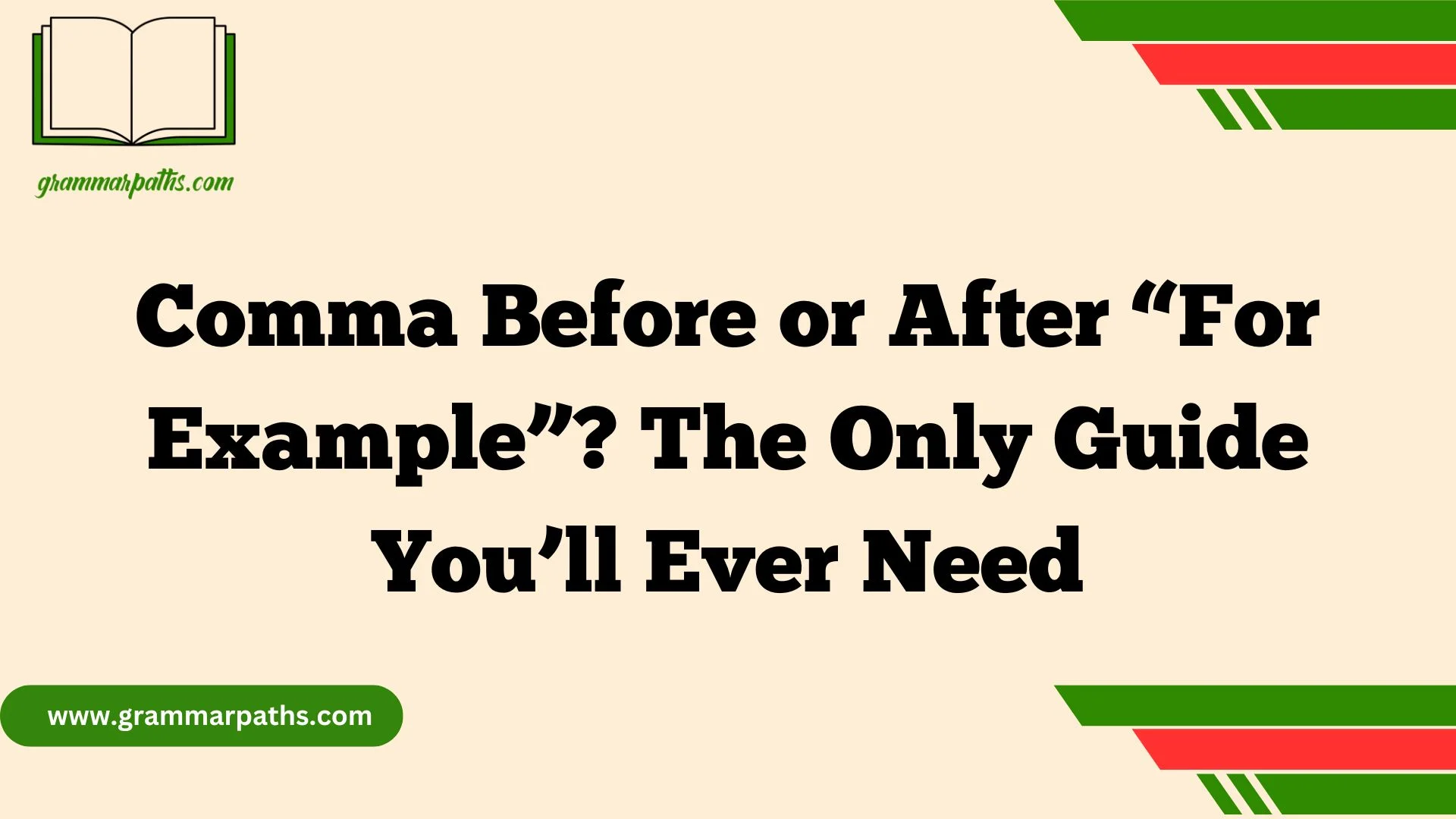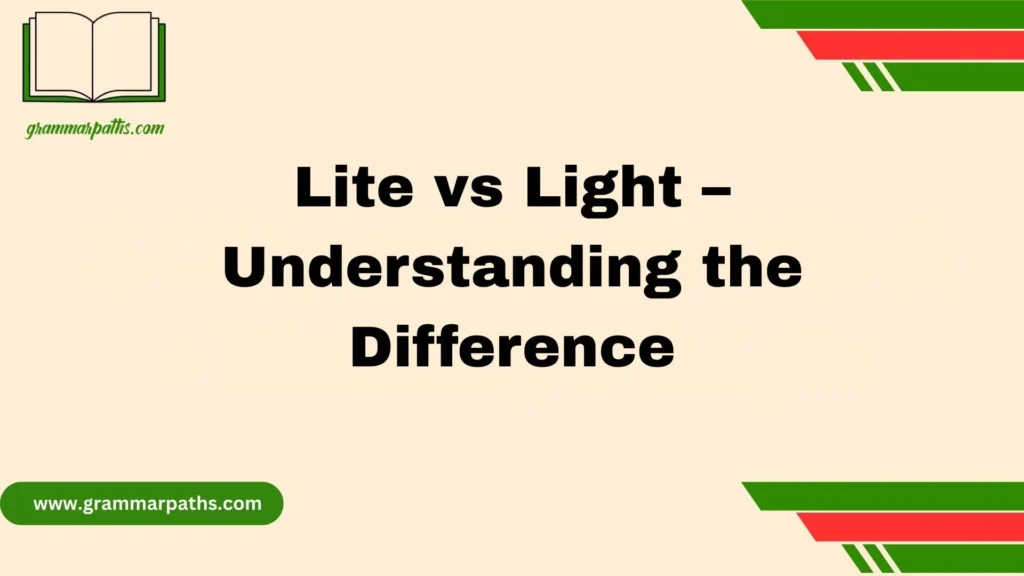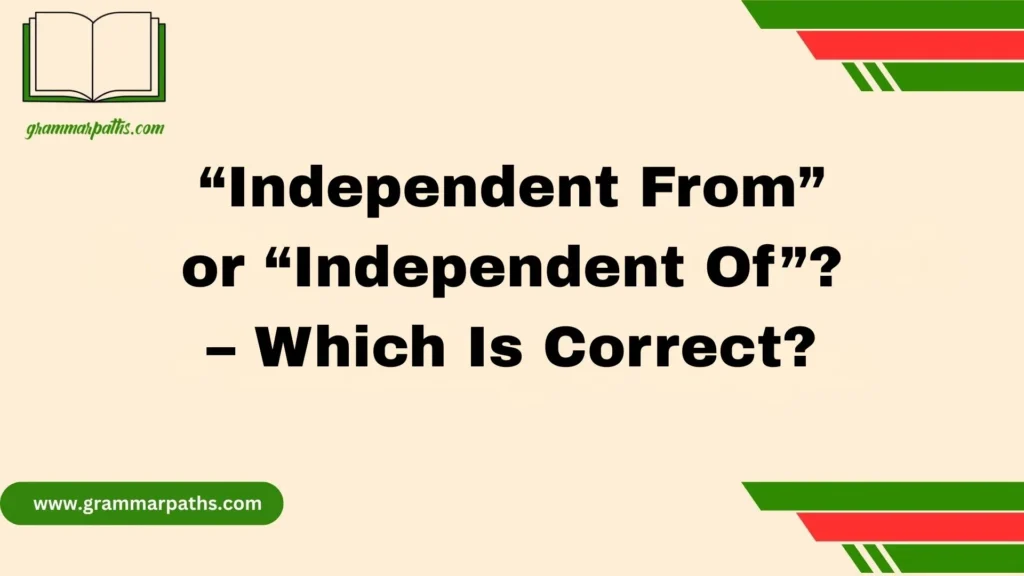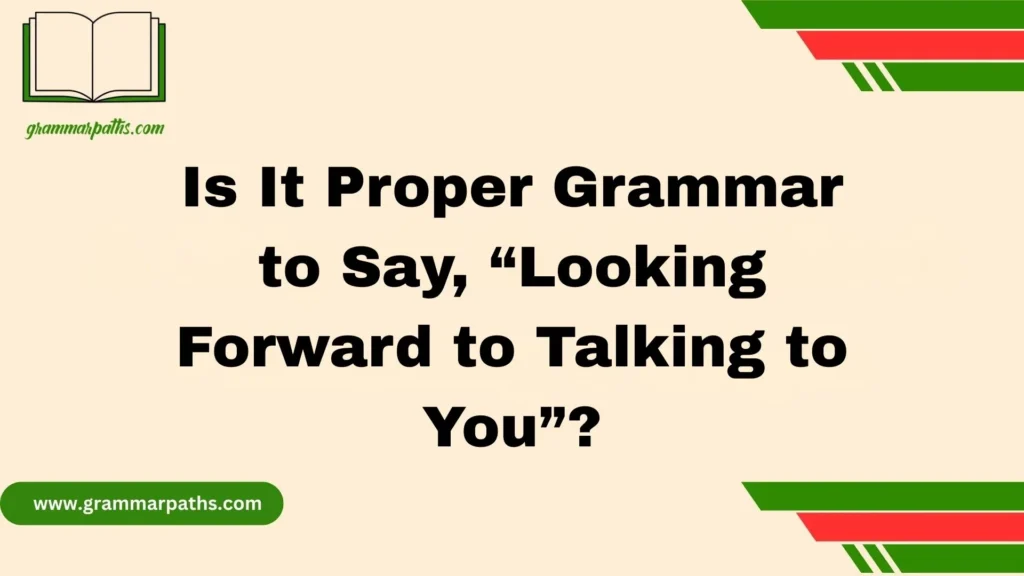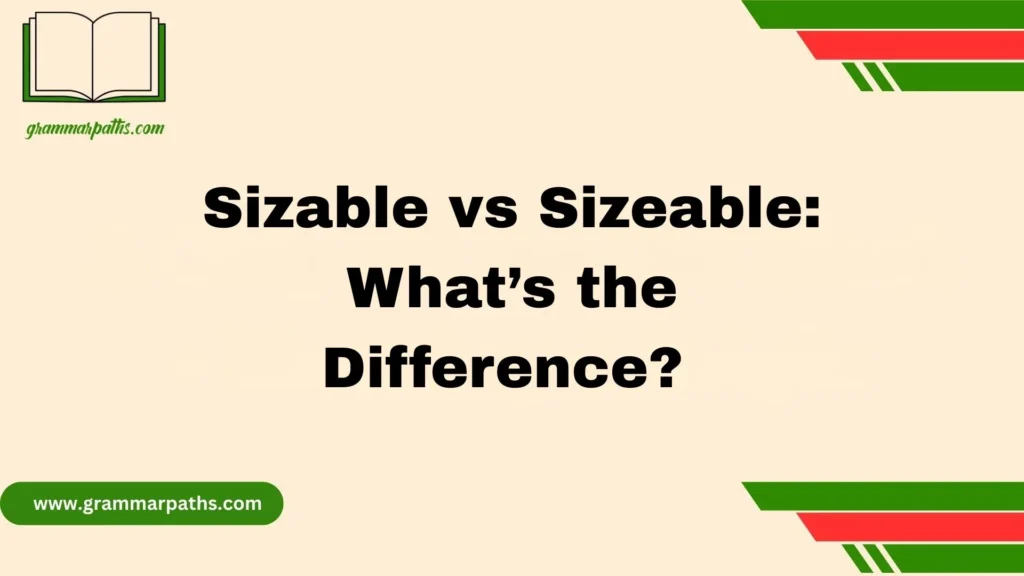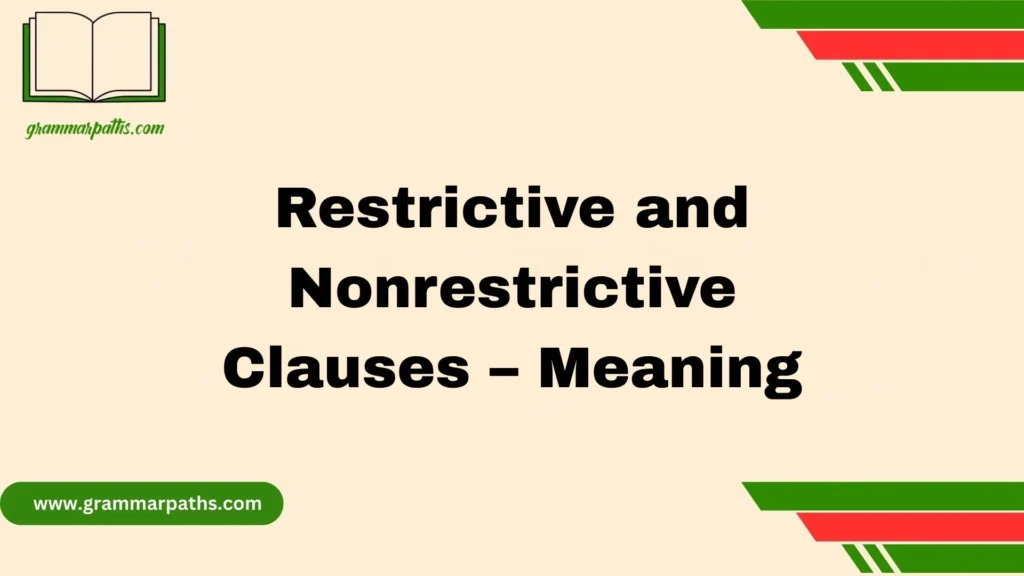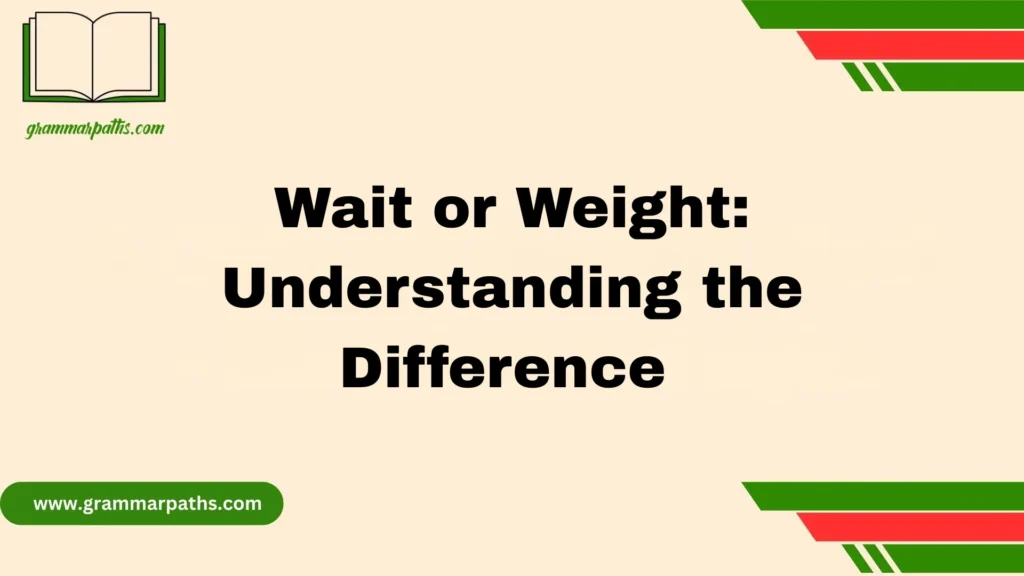Understanding comma placement rules can be tricky, especially when deciding whether a comma goes before or after a particular word or phrase. Whether you’re writing a formal essay, an email, or crafting content for social media, knowing where to place a comma in a sentence is crucial for clarity and professionalism. Many English learners and native speakers alike ask: “Do I put the comma before or after ‘too’, ‘however’, or ‘but’?” The confusion often arises because the rules for comma usage in sentences depend on the function of the word and the structure of the sentence. This guide will help break down these punctuation dilemmas using grammar punctuation rules, example sentences, and simple explanations tailored for real writing situations.
People are often looking for correct comma usage in grammar, especially when they’re unsure about words like “therefore,” “for example,” or “yes” in a sentence. Should there be a comma before or after a name? How about before conjunctions like “and” or “but”? These are not just stylistic concerns—they affect how your writing is read and understood. In academic, professional, or even casual writing, placing the comma before vs after a phrase can change the tone or meaning of a sentence entirely. That’s why we’ll explore common rules, show how punctuation can impact a message, and provide a comma usage guide with sentence examples you can apply instantly. Whether you’re a student, blogger, or ESL learner, mastering these rules is key to writing with confidence and clarity.
Why Correct Comma Placement Around “For Example” Matters
If you want your writing to flow smoothly, punctuation plays a starring role. Especially in English, where a misplaced comma can change the meaning or cause readers to stumble.
The phrase “for example” acts like a signpost, guiding readers to supporting details or illustrations. When you place commas correctly around it, you help your audience understand the connection clearly and effortlessly.
Imagine this sentence without commas:
I like citrus fruits for example oranges and lemons.
It feels rushed and confusing. Now, add commas:
I like citrus fruits, for example, oranges and lemons.
Instantly clearer, right?
Understanding how commas work with “for example” enhances not only your writing’s clarity but also its professional tone. Let’s explore this crucial topic with clear rules, examples, and expert tips.
What “For Example” Really Means (And How It Works)
“For example” is a transitional phrase used to introduce one or more examples that illustrate or clarify the preceding statement. It helps to bridge general ideas with specific cases.
Grammatical Role
It functions as a parenthetical expression or an interrupter in a sentence. It often appears between commas to signal a brief pause for the reader.
Common Usage
You’ll see “for example” in various types of writing, such as:
- Business reports
- Academic essays
- Blogs and articles
- Emails and professional communication
Its goal remains the same: to make abstract or complex ideas concrete through examples.
When to Use a Comma Before “For Example”
Placing a comma before “for example” depends largely on how the phrase fits into your sentence structure.
Independent Clause + “For Example”
If “for example” introduces an example that interrupts an independent clause, a comma before it is necessary.
Example:
I enjoy several genres of music, for example, jazz and classical.
Here, “I enjoy several genres of music” is an independent clause, and “for example” adds clarification.
When It’s Not Necessary
If “for example” starts a new sentence or follows a semicolon, no comma is needed before it.
Example:
Many people love citrus fruits. For example, oranges and lemons are popular choices.
When to Use a Comma After “For Example”
More often than not, you should place a comma after “for example.” This punctuation signals to the reader that what follows are specific illustrations of the previous statement.
Parenthetical Introductory Phrase
Example:
For example, the company increased its profits by 20% last quarter.
The comma after “for example” creates a natural pause and improves readability.
Exceptions
In very informal writing or quick notes, the comma after “for example” may be omitted, but this isn’t standard practice in professional writing.
What If You Need Commas Before AND After “For Example”?
Sometimes, “for example” appears mid-sentence, requiring commas both before and after.
Example:
Many fruits, for example, apples and bananas, are rich in fiber.
Double Comma Rule
In this case, “for example” works like an interrupter phrase. The commas signal that it’s a non-essential clause, adding extra information without changing the sentence’s core meaning.
“For Example” vs. “E.g.” — Don’t Confuse Them
Although both introduce examples, “for example” and “e.g.” have distinct differences.
| Feature | For Example | E.g. |
| Origin | English phrase | Latin abbreviation (exempli gratia) |
| Formality | Medium (formal/informal) | Formal |
| Punctuation | Usually commas around it | Comma after “e.g.” mandatory |
| Usage | Introduces examples clearly | Introduces examples, often in parentheses or brackets |
| Tone | Friendly, conversational | More concise, academic |
Example:
- For example: You should try citrus fruits, for example, oranges and lemons.
- E.g.: You should try citrus fruits (e.g., oranges and lemons).
Common Mistakes to Avoid With “For Example”
Even seasoned writers trip over “for example” punctuation. Watch out for these frequent errors:
- Omitting commas where needed
Wrong: I like fruits for example apples and bananas.
Correct: I like fruits, for example, apples and bananas. - Using commas unnecessarily when “for example” starts a sentence
Wrong: I love fruits. , For example, apples are my favorite.
Correct: I love fruits. For example, apples are my favorite. - Overusing “for example” in a short passage, which can sound repetitive
- Confusing “for example” with “such as”—they aren’t always interchangeable
Complex Sentence Structures With “For Example”
Advanced writers often integrate “for example” in compound or complex sentences.
Examples in Complex Sentences
- When the phrase introduces examples in a subordinate clause:
Although many fruits are healthy, for example, apples and berries, some are high in sugar.
- When used with semicolons:
Several fruits are beneficial; for example, oranges provide vitamin C.
Understanding how to punctuate these sentences requires recognizing clause boundaries and how “for example” fits grammatically.
Style vs. Grammar: When It’s Okay to Break the Rules
Punctuation rules exist to serve communication, not hinder it. Style guides sometimes differ on comma usage with “for example.”
Style Guide Insights
| Style Guide | Comma Before “For Example” | Comma After “For Example” | Notes |
| APA | Recommended | Required | Clarity prioritized |
| Chicago Manual | Recommended | Required | Flexible in informal writing |
| MLA | Recommended | Recommended | Less strict in casual contexts |
When to Relax Rules
- Blog posts or social media may skip some commas for flow
- Personal letters or texts tend to use fewer commas for casual tone
Alternatives to “For Example” (And How Punctuation Changes)
If you want variety, try these alternatives—each affects comma placement differently.
| Phrase | Example Sentence | Comma Usage |
| Such as | I love fruits such as apples and bananas. | No comma before, no comma after |
| Like | Many fruits like oranges contain vitamin C. | No commas |
| To illustrate | To illustrate, many fruits are nutritious. | Comma after the phrase |
| In particular | Berries, in particular, are high in antioxidants. | Commas both sides (interrupter) |
Real Examples From Published Writing
Seeing how respected publications use commas around “for example” helps solidify these rules.
“Many genres appeal to different people, for example, jazz and classical.”
— The New York Times
“For example, the data shows a clear upward trend.”
— Harvard Business Review
Notice the consistent use of commas before and after when “for example” interrupts a sentence, and a comma after when it begins a sentence.
Quick Rules Recap: A Handy Cheat Sheet
| Situation | Comma Usage | Example |
| “For example” interrupts an independent clause | Comma before and after “for example” | I like fruits, for example, apples and bananas. |
| “For example” starts a new sentence | Comma after “for example” only | For example, apples are nutritious. |
| Using “e.g.” | Comma after “e.g.”; parentheses optional | Fruits (e.g., apples and bananas) are healthy. |
| Alternatives like “such as” | No commas before or after | I like fruits such as apples and bananas. |
Conclusion:
Mastering the rules of comma placement—whether the comma comes before or after a specific word—can transform your writing from confusing to clear. It’s not just about following grammar for the sake of it; it’s about ensuring your message is understood the way you intended. From deciding if the comma goes before or after “however,” “too,” or “but,” to understanding comma usage with names, conjunctions, and transitions, the difference lies in both meaning and tone.
The next time you’re unsure, refer to this comma usage guide with real-life sentence examples and straightforward grammar punctuation rules. Remember: the key isn’t memorizing every rule, but recognizing sentence patterns and applying the logic behind them. Whether you’re a student, content creator, or just polishing everyday communication, knowing when to use a comma before or after a phrase is an essential tool for effective writing. Punctuate with purpose—and your words will always land right.
FAQs:
Do you put a comma before or after or?
Put a comma before “or” when it separates items in a list of three or more. No comma is needed after “or” unless another rule applies.
What are the 8 rules for commas?
- Use commas in lists.
- Use after introductory elements.
- Use before coordinating conjunctions.
- Use around nonessential info.
- Use with direct addresses.
- Use with dates, addresses, titles.
- Use with quotations.
- Use for clarity and contrast.
Where should I put a comma before or after then?
Use a comma before “then” when it connects two independent clauses. Don’t place one after “then” unless it’s part of an interruption.
When to put a comma before or after which?
Place a comma before “which” when it introduces nonessential information. Don’t use a comma if “which” is essential to the sentence’s meaning.
How to use commas correctly
Use commas to separate ideas, items in a list, or clauses. They help clarify sentence structure and avoid confusion in meaning.

Grace Marie is the dedicated writer behind GrammarPaths.com, where she shares her passion for English grammar, idioms, and writing mastery. With a strong background in language studies and years of experience helping learners improve their communication skills, Grace creates clear, practical, and engaging content that makes English easy to understand.
